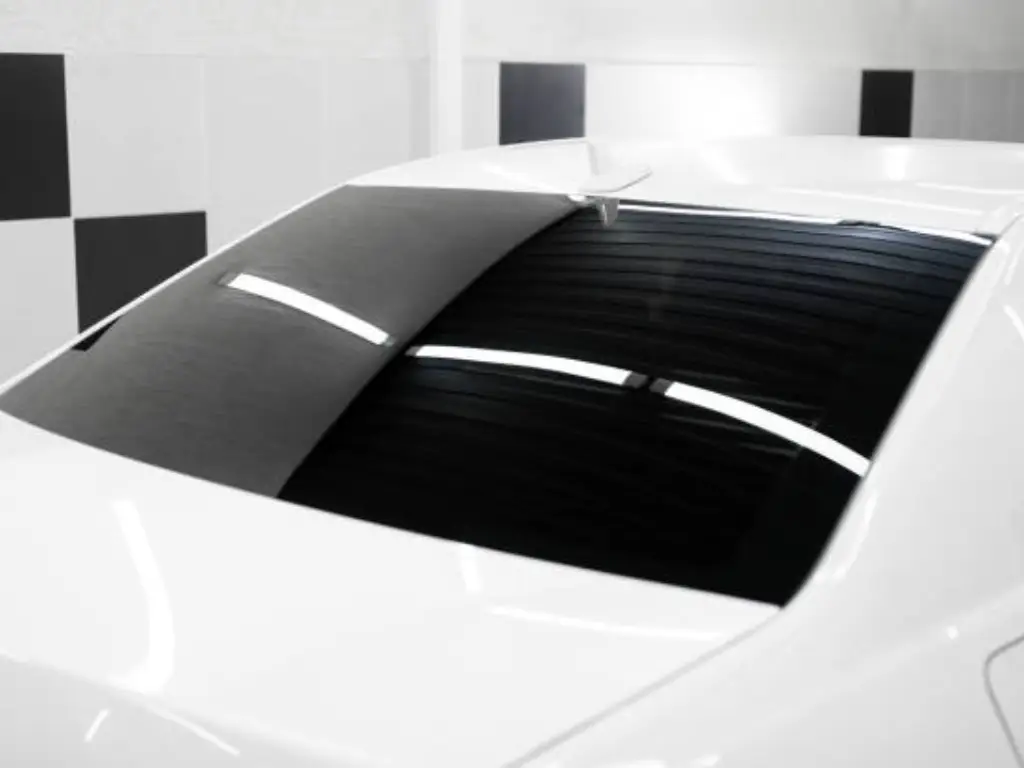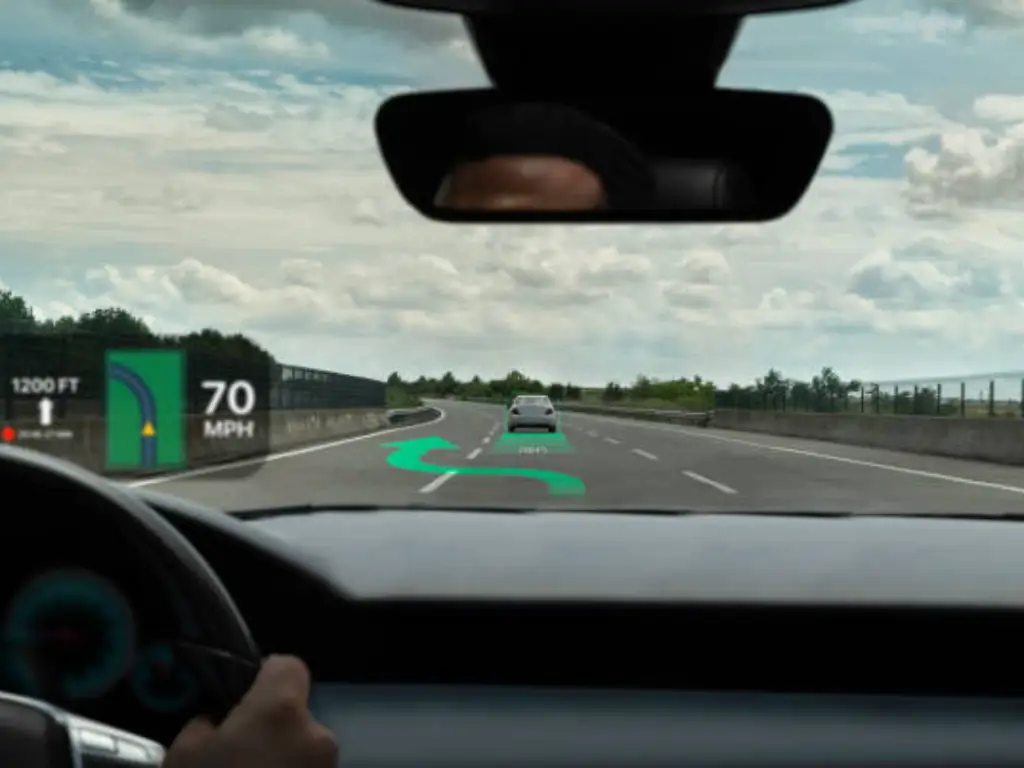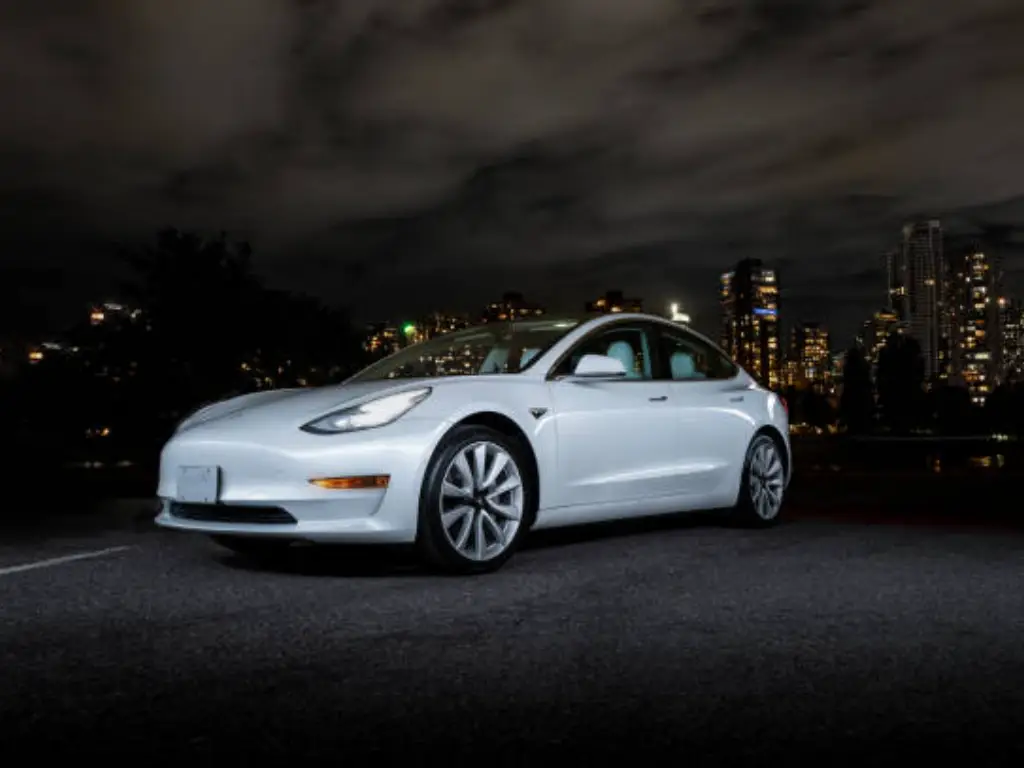If you’re looking to upgrade your vehicle’s window tint, you’ve probably heard about ceramic window tinting as a premium option. But is ceramic tint worth it? Many car owners consider it a good investment due to its heat rejection, UV protection and long term durability. But before we make a decision, let’s compare the differences, benefits and long term value of ceramic window film versus regular tint.
Ceramic vs. Standard Window Tints: Key Performance Metrics
Choosing a window tint for your car is not as easy your would like, Some Aspects Are Simple. The market does provide a variety of films, but each film has its respective advantages and performance criteria. There are several common types of window tint films like dyed window tint, metallic window tint, carbon window tint, ceramic window tint, and hybrid window tint. These films will be examined with regards to their overall features and performance in the following sections so that the you can make an informed decision on which option works best for you.
Types of Window Tint Films
Dyed Window Tint
- Features: Made of layers of polyester film with a dyed color layer, this is one of the most basic and affordable tinting options.
- Pros: Affordable, simple to install, effective for glare reduction.
- Cons: Limited heat rejection, poor UV protection, and it can degrade over time, turning purple or fading.
Metallic Window Tint
- Features: Contains metallic particles embedded within the film, which help in reflecting sunlight and improving heat rejection.
- Pros: Effective heat and UV protection, durable.
- Cons: Can disrupt electronic signals, may appear too reflective for some, and is heavier compared to dyed films.
Carbon Window Tint
- Features: Made with carbon particles, this tint provides a non-reflective, sleek black appearance. It offers a good balance between heat rejection, UV protection, and aesthetic appeal.
- Pros: High heat rejection without reflection, long-lasting, no signal interference.
- Cons: More expensive than dyed tints, not as effective as ceramic for blocking heat.
Ceramic Window Tint
- Features: Comprised of nano-ceramic particles, ceramic tints offer the best performance in blocking infrared heat and UV radiation while maintaining high visibility.
- Pros: Exceptional UV and heat protection, no electronic signal interference, long-lasting, clear visibility.
- Cons: Higher cost compared to other tint types.
Hybrid Window Tint
- Features: Combines elements of dyed and metallic films, hybrid tints aim to provide a balance of heat rejection and aesthetics. This film generally has a metallic base with a dyed top layer.
- Pros: Balanced performance at a lower cost, effective for heat rejection.
- Cons: Signal interference, not as durable as ceramic or carbon films.

Comparing Performance: Ceramic vs. Standard Window Tints
Performance Comparison Table
| Metric | Dyed Tint | Metallic Tint | Carbon Tint | Ceramic Tint | Hybrid Tint |
| Heat Rejection | 20-30% | 50-60% | 40-50% | 70-80% | 40-50% |
| UV Protection | 40-50% | 60-70% | 50-60% | 99% | 50-60% |
| Signal Interference | None | Yes | None | None | Yes |
| Durability | Low | Moderate | High | Very High | Moderate |
- Dyed Tints: Blocks around 20-30% of infrared heat.
- Metallic Tints: Blocks 50-60% of infrared heat.
- Carbon Tints: Blocks 40-50% of infrared heat.
- Ceramic Tints: Blocks 70-80% of infrared heat.
- Hybrid Tints: Blocks 40-50% of infrared heat.
UV Protection:
- Dyed Tints: Blocks 40-50% of UV rays.
- Metallic Tints: Blocks 60-70% of UV rays.
- Carbon Tints: Blocks 50-60% of UV rays.
- Ceramic Tints: Blocks 99% of UV rays.
- Hybrid Tints: Blocks 50-60% of UV rays.
Signal Interference:
- Dyed Tints: No signal interference.
- Metallic Tints: May interfere with GPS, radio, and mobile signals.
- Carbon Tints: No signal interference.
- Ceramic Tints: No signal interference.
- Hybrid Tints: May cause signal interference.
Durability:
- Dyed Tints: Prone to fading and scratching.
- Metallic Tints: Durable but can degrade over time.
- Carbon Tints: Durable, fade-resistant.
- Ceramic Tints: Extremely durable and fade-resistant.
- Hybrid Tints: Moderate durability, may degrade over time.
Being a brand that pioneers new technology in automotive window films, ClearPro, I found this video where ceramic and carbon films are compared side by side practical as well as confirmatory. The statistics presented in this video, such as the difference of 5°F between ceramic and carbon films, are in sync with our findings. It is clear that ceramic as possessing the capability to delay the buildup of heat while enabling optical clarity is science, not magic. The phrase “ceramic glass feels cooler to the touch with AC running” that the host said is in line with ClearPro’s reasoning where premium films should offer comfort rather than beauty. Ceramic’s multilayered infrared rejection, as tested on X5’ IR Ceramic Series, does prove its usefulness for long-term comfort seeking drivers unlike carbon films, such as 3M Color Stable, that just provide a solid baseline protection. I do value the hosts opinion on 15% vs 20% tint. His change of heart to 15% as a “new favorite” owing to privacy and visibility stems from concerns by ClearPro users. At the same time, don’t forget: even ceramic cannot remove heat in parked cars. This is precisely the reason we talk about dynamic performance—how the films perform while driving instead of low static tests. ClearPro advocates the value-for-money proposition of ceramic. The $100 price point (as cited in the video) is not insignificant, but for a 10-15% improvement in efficiency in heat rejection? Spending that amount is worth every penny. Why stop at passable, when you could have your drive be cooler, quieter, and devoid of glare? To anyone that is on the fence between choosing carbon or ceramic, think in the long-term. Your air conditioning will thank you.
——ClearPro
1. Long-Term Cost-Benefit Analysis
While the initial investment in ceramic tint is higher, the financial benefits accumulate over time. Here’s a breakdown of how the costs balance out:
- Initial Cost Difference: Ceramic tint typically costs 30-50% more than standard films.
- Energy Savings: By reducing the need for air conditioning, you can expect to save an average of 5-10% on fuel costs annually, particularly in warmer climates where the air conditioning system is frequently used.
- Interior Preservation: By blocking UV rays, ceramic tint helps prevent fading and cracking of your vehicle’s interior. This could extend the life of your upholstery, dashboard, and other interior components by 5-7 years.
2. Cost Recovery Over Time
Considering the durability and functional benefits, the additional cost of ceramic tint is offset by:
- Lower Maintenance Costs: No peeling, bubbling, or discoloration means fewer expenses related to re-tinting or repairing damage to your car’s interior.
- Improved Resale Value: A well-preserved interior will increase your vehicle’s resale value, providing further financial return.
3. The Science Behind Nano-Ceramic Film Technology
What distinguishes ceramic window tints from other conventional window tinting options? The answer lies in nano-ceramic film technology. This innovation integrates ceramic particles that filter infrared light and block UVB rays away without making the film excessively dark.
Unlike darkness tint options that restrict visibility at night, ceramic tinting enhances light transmission while allowing superior glare reduction. It also improves the amount of infrared radiation blocking, which keeps the heat from accumulating within the car. This does not only improve comfort but also shields the driver and passengers from prolonged exposure to UVA and UVB rays.

4. Compatibility with Advanced Vehicle Technology
Modern vehicles, especially high-tech models such as the Audi A6, BMW X5, and Tesla Model 3 are designed with automatic headlights, keyless entry, and lane detection systems. Unlike cheaper tints, ceramic window films not only enhance the artistry of the vehicle, but also ensure smooth Interaction with integrated infrared sensors so that automatic tints, keyless entry, and other vital components can be fully operational.
Additionally, ceramic tints allow for accurate installation on the modern intricate shapes of vehicles’ windows. Whether the Telsa’s curve-tinted windshield or Audi’s detailed windows, ceramic films can be fitted perfectly without bubbles or wrinkles.
Finally, ceramic tints are equipped with nano-coating technology that increases the contrast on high-tech dash boards and heads-up displays while minimizing the glare. This technology greatly reduces the light interference making the display completely legible thus greatly increasing the driving experience in sunny day.
 5. Expert-Verified Long-Term Value
5. Expert-Verified Long-Term Value
Both industry leaders and their installers see tremendous value in ceramic window tinting, mentioning that it’s one of the best installations to do on any vehicle. Several reputable brands offer lifetime warranties which proves the longevity of their window tints.
Furthermore, experts talk about various health benefits that this sort of UV coverage can provide. When UV rays are blocked, the chances of sustaining any skin damage is significantly reduced, while at the same time ensuring that the car’s interior is not brittle or faded. Regardless of whether you are situated in a hot region or need the highest degree of heat mitigation, ceramic window films provide the best quality service.
6. Environmental Impact
Finally, let’s move on to sustainability. Ceramic tinting aids in the reduction of fuel consumption, reducing your carbon footprint, by lowering the need for excessive air conditioning. Lower consumption translates to lower emissions, thus ceramic window film is an environmentally friendly option.
So, is ceramic tint worth it? If you prioritize UV protection, long-term performance, and heat rejection, the answer is yes. From defending your windshield from damage to ensuring that the temperature on your side windows is just right, ceramic window tinting pays off in comfort, efficiency, and durability.
Clearpro’s Engineering-Grade Solutions
With engineering-grade solutions on offer, Clearpro leads the market for ceramic window tinting because of its unrivaled quality and advanced performance. Their films are made from the latest nano ceramics that ensure excellent rejection of infrared radiation subdued and improved clarity. This ensures that the amount of heat rejected is higher and comfort is achieved without compromising visibility.
For those wondering, “Is ceramic tint worth it?”, with Clearpro’s films the question is answered easily as the films designed fit state laws perfectly justify the worries. These films offer lasting value due to their extraordinary heat rejection capabilities and lifetime warranty.
Here’s a closer look at the specific products in the Clearpro line:
| Product Model | Film Thickness | UV Rejection | Visible Light Transmission | IR Rejection | Warranty |
| HC 15 NANO | 96 µm | ≥ 99% | 15% | 93% | 8 Years |
| HC 35 NANO | 86 µm | ≥ 99% | 35% | 99% | 8 Years |
| HC 70 NANO | 91 µm | ≥ 99% | 70% | 97% | 8 Years |
With these high-performance options, Clearpro’s ceramic tints are designed to meet diverse needs, from side glass to front glass, providing exceptional UV and IR protection while enhancing driving comfort. Whether you’re looking for maximum privacy with the HC 15 NANO or clearer visibility with the HC 70 NANO, Clearpro offers the ideal solution for your vehicle.
Proper Maintenance: Key to Long-Term Ceramic Tint Performance
Ceramic window tints can provide outstanding value, but there should be a daily concern on long-term performance. Most of the sophisticated movies, when not taken care of, lose clarity or durability with time. Once this is installed, it is advisable not to roll down the windows at least in the next several days to give time to the adhesive to cure effectively. When established, ammonia-free products should be used always to clean the lines in a soft microfiber cloth to avoid possible scratch marks or chemical degradation of the nano- ceramic coating. Periodic check is also necessary. When you see the edges peeling or the bubble formation, this may often be repaired as soon as possible, and the film won t be destroyed. Do not work on the tinted surfaces with sharp or abrasive tools; this is particularly true around the sensor areas or curved areas where the film will be more elaborately applied. With the proactive maintenance of the ceramic tint, the driver is able to maximize the lifetime of this material and sustains the benefits of UV protection, glare prevention, and temperature regulation in the car cabin. In short, though most would argue that ceramic tinting is a set-it-and-forget-it in most respects, a bit of maintenance will take you far in maintaining its luxury image and performance, and keep your investment worth having over a long lifetime.
Related Posts
FAQ
Ceramic tint helps preserve your car’s interior, preventing UV damage and fading, which can boost resale value. It also adds a premium look, appealing to potential buyers.
Yes, ceramic tint provides excellent visibility at night. It blocks UV and infrared light without darkening the windows too much, ensuring safe driving in all lighting conditions.
Yes, ceramic coatings last longer than wax, offering superior protection against dirt, scratches, and UV damage. They require less maintenance and provide a more durable, long-lasting shine.








